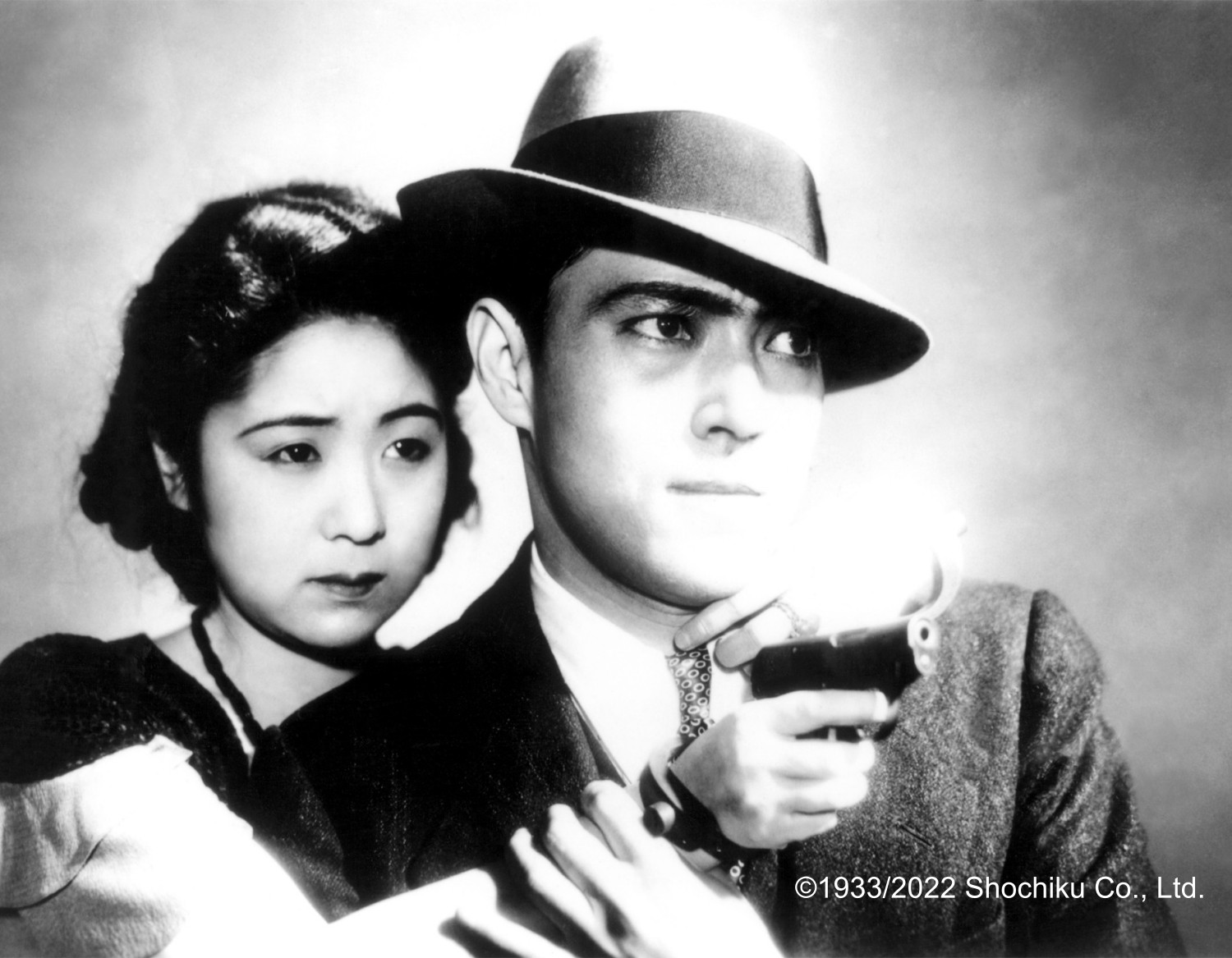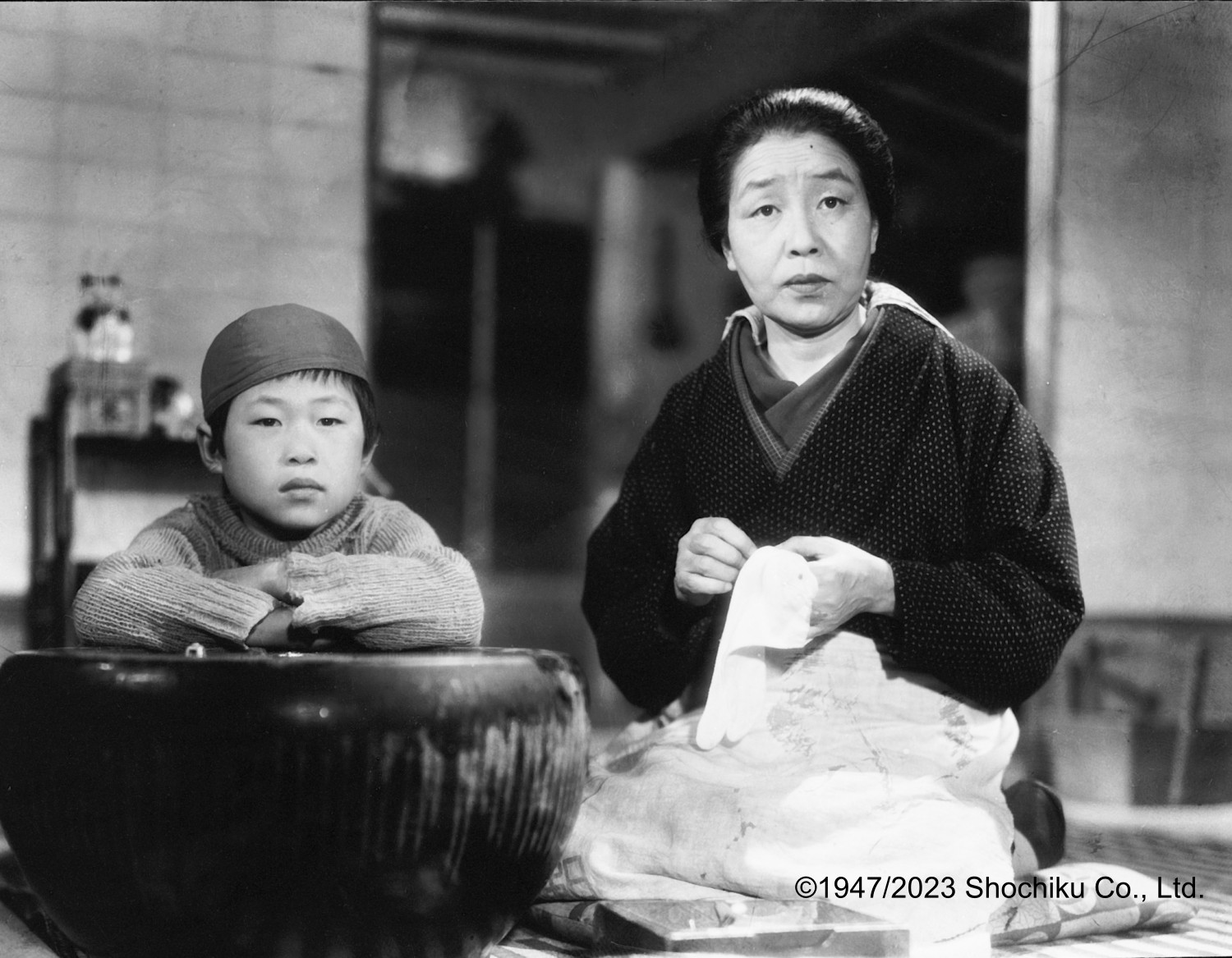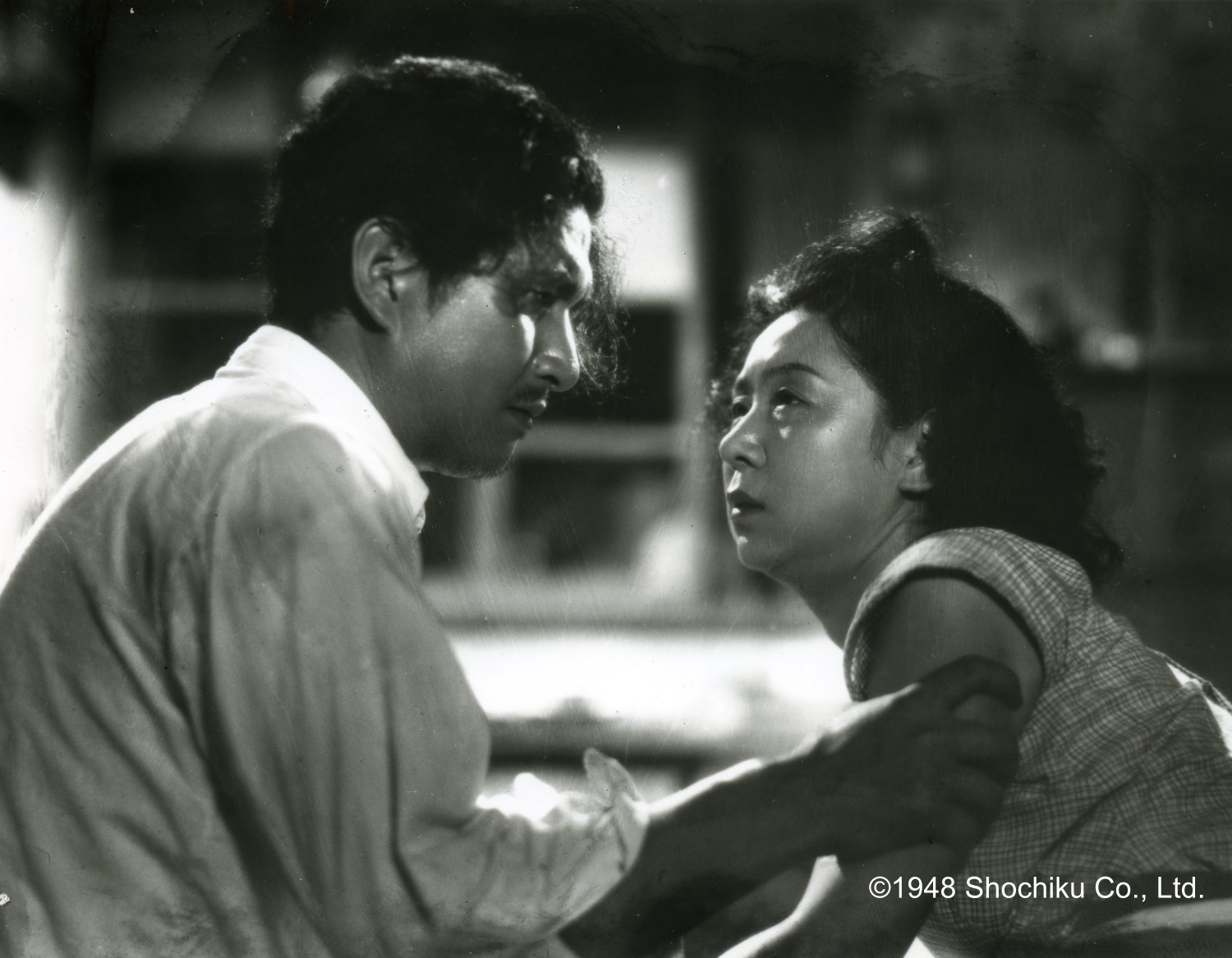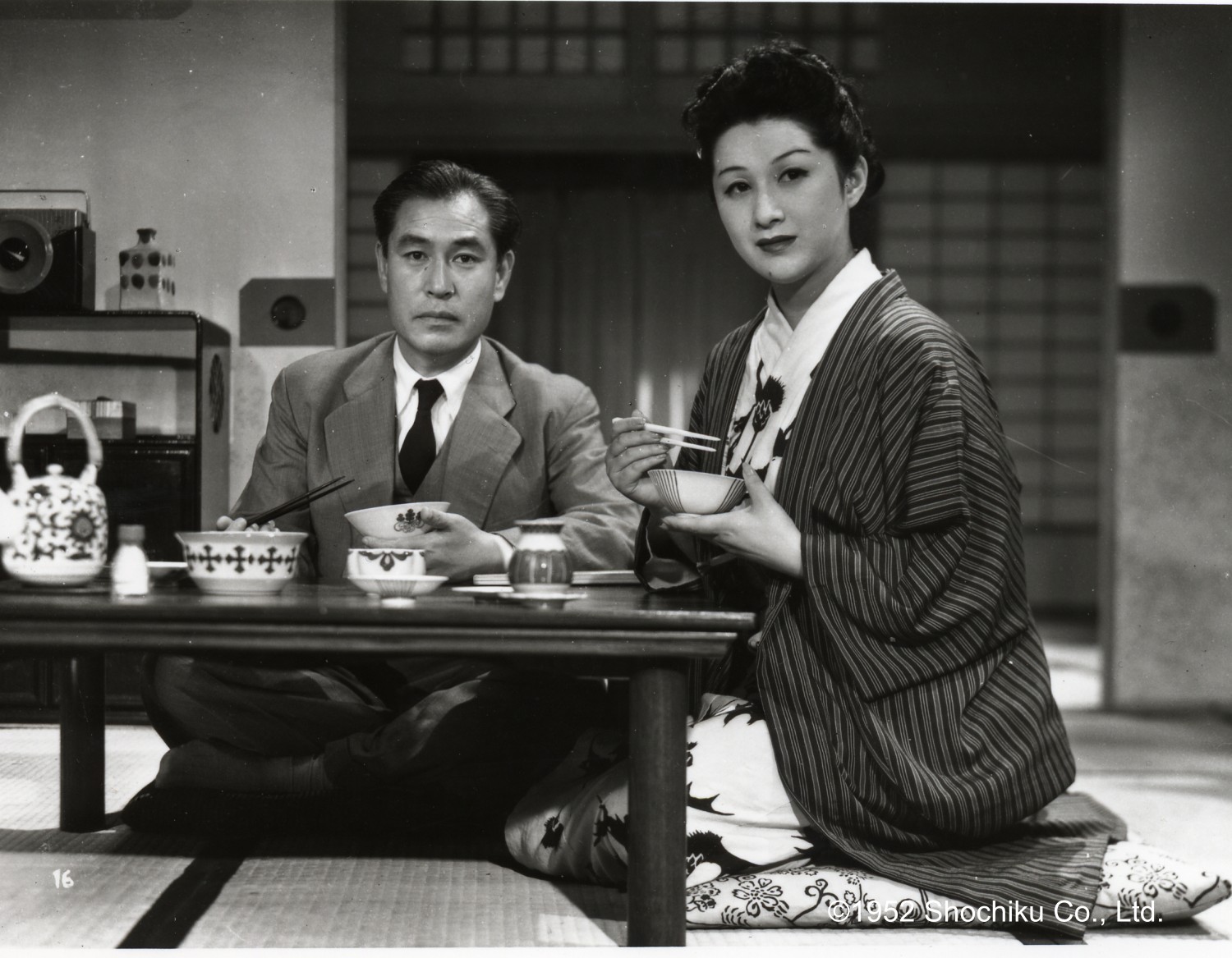Programme
OZU120 A Modest Elegance
This year marks the 120th anniversary of Ozu Yasujiro's birth and the 60th anniversary of his passing. Like those we love dearly, he never really leaves us; he always lives in his cinema, though only 36 of his films survive to this day. Now returned to their full glory in a newly restored version, this 5-film tribute programme lets us rediscover the iconic Japanese auteur's profound artistry and enduring magic.
Although he described himself, in a self-deprecatory manner, as a 'tofu dealer,' Ozu never limited himself to the meditative Japanese shomin-geki genre. A manifestation of the height of his silent film technique, the gangster melodrama Dragnet Girl represents the most striking of Ozu's American style, yet at no time deviating from his patient humanism towards lowlifes that would become his signature.
From silent to sound films, Ozu combined his refinement of style with a concern for postwar conditions after returning home from the battlefield. Permeated with nostalgia and grief for the city and the community destroyed by bombs, Record of a Tenement Gentleman and A Hen in the Wind show a dichotomy between hope and despair, which may reflect Ozu's wanderings and losses. These two postwar films also allow a rare glimpse at the theme of orphanage and the scene of violence – both never appear again in his cinematic landscape.
Often placing his camera in a static low position that came to be called tatami shots, Ozu gravitated towards the habits of everyday life, but not without the interruption of surprises. His uncomplicated stories in The Flavour of Green Tea Over Rice and Early Spring explore the undercurrents of seemingly happy marriages, while underscoring postwar society's dramatic changes. In his deceptively simple style, Ozu contemplates the gradual disintegration of the traditional way of life, embodying a melancholy towards Japanese cultural values falling into decay.
The discovery of Ozu’s films led Wim Wenders to learn ‘that there had once existed the (now lost) paradise of filmmaking.’ Now, through restoration, we can rediscover this sacred treasure of the cinema that no other director has been able to replicate.











